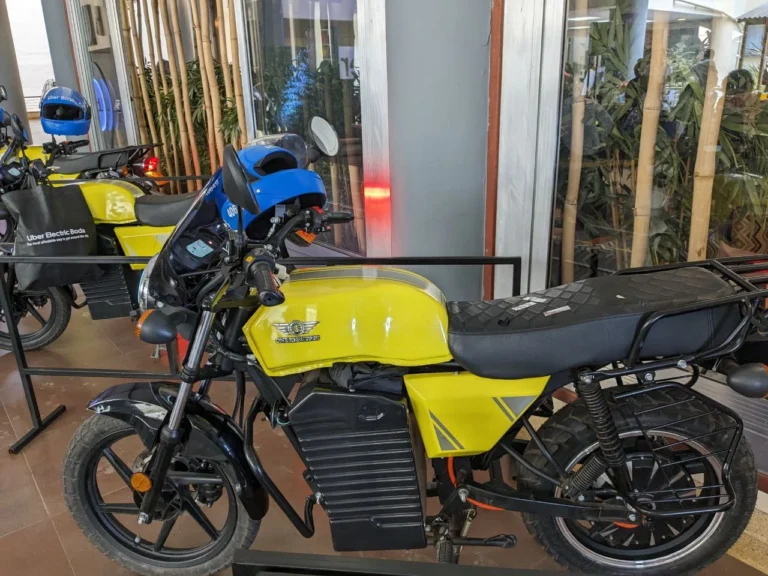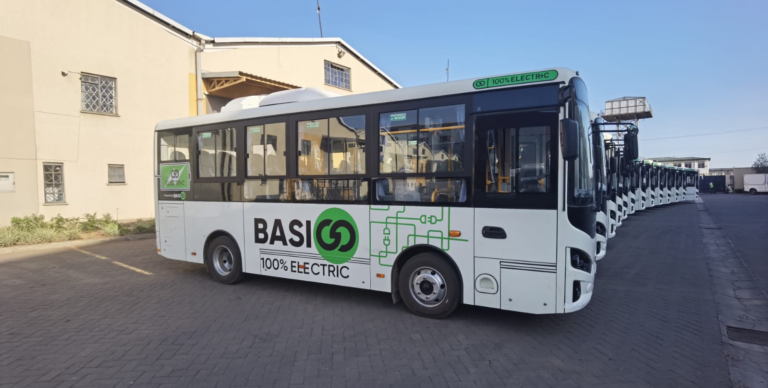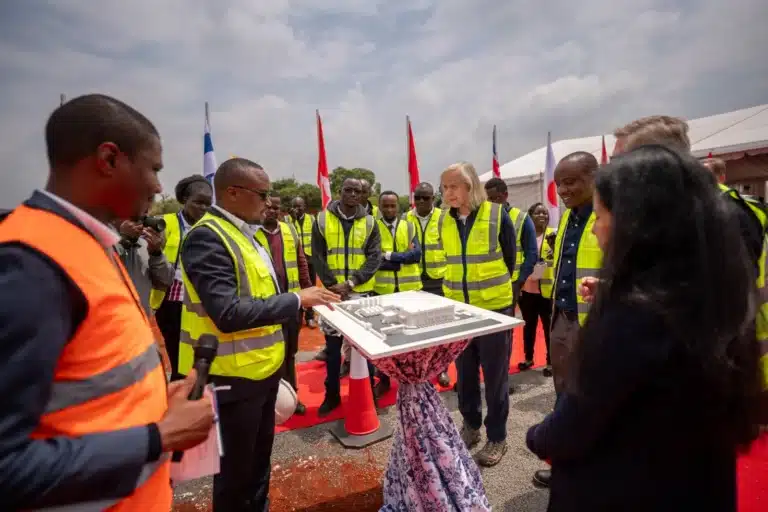Artificial intelligence is the future of technology and is putting device manufacturers in a very tight corner. As much as AI brings many conveniences to the users of devices, concerns over personal data protection result in stricter privacy laws. These more stringent laws are forcing companies to step back and re-evaluate their ways of collecting, storing, and using data.
Innovation vs. Privacy
One must find a fine line between leveraging AI and ensuring compliance with privacy regulations, says Anthony Hutia, head of the mobile experience division at Samsung East Africa. At the launch of Samsung’s premium brand shop in Nairobi, Hutia said companies now have to reassess the minimum amount of personal data required by devices such as smartphones.
“It’s a tricky time where we have to balance. You want all this stuff done for you, and it requires that data to do it. So how else will you be able to identify that device, its user and balance all that to synchronize it together?” said Hutia.
The Rise of Environmental and Social Governance in Tech
Hutia also underscored that ESG is ever more important in the shaping of the future of tech devices. Among the notable ones is the global effort toward cutting down electronic waste. For instance, the EU will introduce its universal charger policy in 2024, which would require most electronics to be fitted in a USB-C port. This move is aimed at reducing e-waste—one of the fastest-growing waste streams in the world.
Taming E-Waste, Promoting Sustainable Ways
Manufacturers in Kenya have embraced trade-in schemes that allow customers to upgrade by releasing their old smartphones when buying new ones. This helps in reducing the number of idle devices and helps in sustainability. Hutia pointed out that high-end and flagship devices lead in trade-ins, reflecting the rising consumer interest in upgrading while contributing to environmental conservation.
Along with that, manufacturers will need to face the intricacies of the data privacy laws and environmental responsibilities as AI in tech devices becomes pervasive. The future of technology will be defined as a balance between innovation, privacy, and sustainability—themes of the future in which companies like Samsung will play a leading role while adjusting to these constantly evolving challenges.








